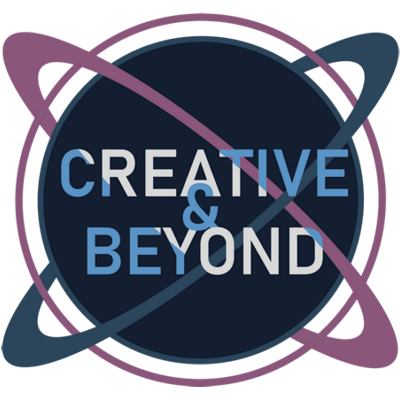making the cut
Cutting content is one of the hardest parts of editing. Seriously.
I mean, I put all that time into writing something, why should I get rid of it now? But, as the saying goes, learning to kill your darlings is an essential part of becoming a good writer. You’ve gotta be willing to let go of those things you love that are bringing everything else down.
I’d like to say I’m getting better at this. Even so, how do I know if something should go? I’ll scrutinize over every passage and phrase, wondering if it’s just another “darling” or an exquisite piece of prose.
Alright, so it’s most likely the former, but how can I be sure?
I’ve found life can be this way too.
It’s easy to accumulate a bunch of stuff—be it physical possessions or personal responsibilities—and you start to wonder: do I really need all this? Is it helping me or dragging me down?
That’s what Marie Kondo (from Tidying Up) is all about: organizing your closet and your life, getting rid of those things that don’t produce joy.
But even if you make joy the qualifier for what goes and what stays, it still isn’t always easy.
Does that old baseball cap or cardigan bring me joy? Maybe…I think.
I don’t personally get a lot of joy out of clothing to begin with, it’s more a question of whether or not it would be useful to have in the future. It’s certainly that way with the camping and sporting gear I’ve acquired over the years.
Sure, I haven’t used it in a long time and tend to forget I even have it, but there just might be (and sometimes is) that one instance where I’m really glad I still have it. I mean, who knows when I might need to pull that old sweatband out for an 80’s themed Halloween costume!
This is probably no surprise, but, when it comes to travel, I’m a notorious overpacker—OK, a recovering overpacker.
Whether we’re talking about editing your writing or your life, how do you decide what makes the cut?
Joy is fine and well, but first I say go with your gut. If you’re even questioning whether or not you need it, there’s a good chance you don’t.
Next, ask why you even have it in the first place, what’s its purpose in being there? Lives and stories change, it’s easy to end up with a bunch of junk that, while once useful, no longer serves a purpose.
Following that, examine how it fits in with everything else. A good book has cohesion: everything belongs together. The same is true of a good life—when you choose to spend your money, time, and attention on the things that matter most to you, you’ll naturally experience more fulfillment.
Not all of my commitments bring me immediate joy all the time (household chores for instance), but I know they’re a good and important part of my life. They fit with my role in the family. Having plenty of utensils in the kitchen drawer makes sense, because being able to host other people is an important part of my life. For someone else, that might be an unnecessary possession.
And last, if you still aren’t sure, get advice. Ask someone with experience whose insight you trust. It may be your parent, writing coach, coworker, counselor, or even that neighbor with six broken down Landrovers and a dried up swimming pool full of yard waste in their backyard.
Okay, maybe that neighbor could use some of your help when it comes to letting go. But who am I to judge? It could be that rolling a rover into a pool of yard waste is the most amazing experience a person can have. I’ll probably never know—and I’m alright with that.

